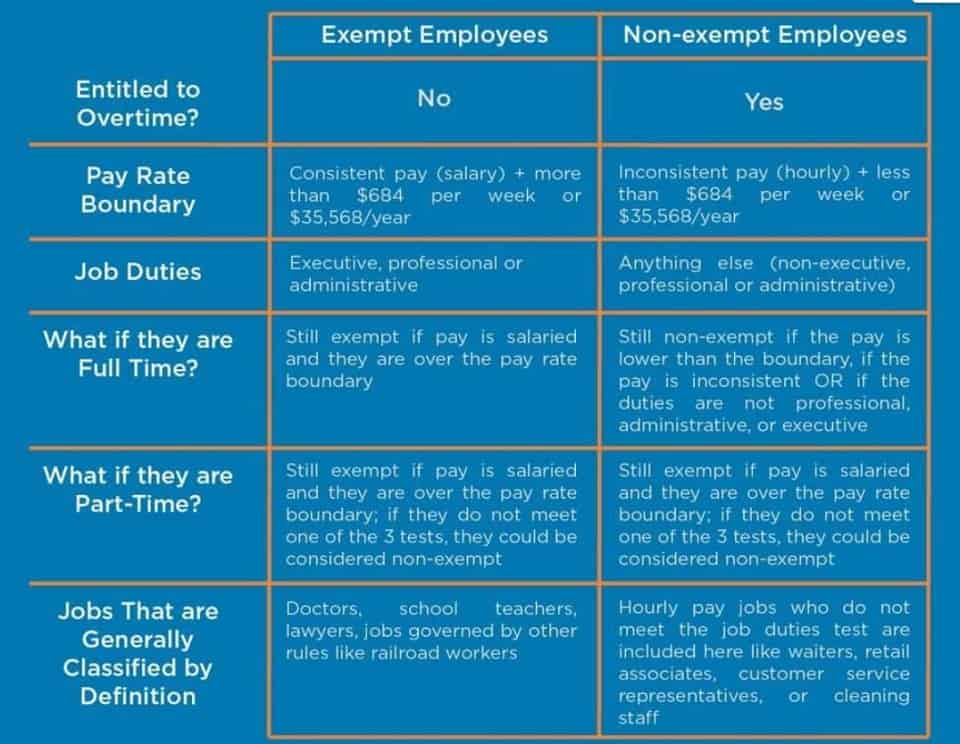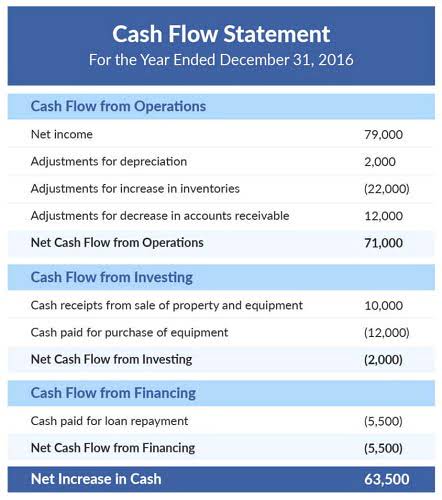
A technology or retail firm with smaller balance sheet accounts relative to net income may have normal ROE levels of 18% or more. Price-to-book (P/B) ratio as a valuation multiple is useful when comparing similar companies within the same industry that follow a uniform accounting method for asset valuation. It can offer a view of how the market values a particular company’s stock and whether that value is comparable to the BVPS. Investors can calculate it easily if they have the balance sheet of a company of interest. Investors can compare BVPS to a stock’s market price to get an idea of whether that stock is overvalued or undervalued. For example, a company may have shareholder equity of $1 million as of the first quarter and then issue new shares during the second quarter, raising shareholder equity to $1.5 million.
- If a company has been borrowing aggressively, it can increase ROE because equity is equal to assets minus debt.
- Treasury shares can always be reissued back to stockholders for purchase when companies need to raise more capital.
- It is calculated by taking the company’s book value and subtracting its preferred equity, goodwill, and intangible assets.
- A firm typically can raise capital by issuing debt (in the form of a loan or via bonds) or equity (by selling stock).
- But if it’s negative, that means its debt and debt-like obligations outnumber its assets.
Preferred Equity

The actual market value per share is implied to be trading at a 10% discount relative to the DCF-derived share price. The difference in the current share price and the manually calculated market value per share is attributable to the discretionary assumptions used in the DCF model. By dividing the $20 billion in equity value by the 1 billion in total diluted shares, the implied share price is $20.00 per share.
How does total equity relate to the balance sheet?

Understanding equity lets you know how much your stake in a company is actually worth, how much skin you have in the game, and whether it’s worth continuing being an owner or part-owner of a company. Dividends are paid out in real estate cash flow cash, so the company’s cash account would go down by $10,000. Because Anne’s mom’s stock is preferred stock, she gets first dibs on the dividend. She’s entitled to $5,000 of the dividend, leaving Anne and Alex to split the rest. Notice how Anne & Company sold Anne’s mom a special kind of stock called preferred stock.

What Is Gross Operating Profit and How Is It Calculated?
You can calculate this by subtracting the total assets from the total liabilities. The total equity of a business is derived by subtracting its liabilities from its assets. This is an essential item that is reviewed by many creditors, lenders, and investors, since it is a strong indicator of the financial strength of a business.
- The 2nd part divides the shareholders’ common equity, which is available to the equity shareholders by the unprecedented number of common equity shares.
- Owning stock in a company gives shareholders the potential for capital gains and dividends.
- Additionally, buybacks can signal to the market that the company believes its shares are undervalued, which can further boost investor confidence and stock prices.
- The $65.339 billion value in company equity represents the amount left for shareholders if Apple liquidated all of its assets and paid off all of its liabilities.
- On the balance sheet, treasury shares are recorded as a contra equity account, reducing shareholders’ equity.
For Businesses
Preferred stockholders have a higher claim on the company’s total assets and earnings compared to common stockholders, but rank below bondholders in priority. Return on assets (ROA) and ROE are similar in that they are both trying to gauge how efficiently the company generates its profits. However, ROE compares net income to net assets (assets minus liabilities) of the company, while ROA compares net income to the company’s assets without deducting its liabilities. In both cases, companies in industries in which operations require significant how to find total common equity assets will likely show a lower average return. The purpose of ROIC is to figure out the amount of money after dividends a company makes based on all its sources of capital, which includes shareholders’ equity and debt. ROE looks at how well a company uses shareholders’ equity while ROIC is meant to determine how well a company uses all its available capital to make money.
Other comprehensive income (OCI)
The key to analyzing a company is not just to understand the results of each calculation, but also to go a step further to understand what the numbers mean in the context of the business. Check out this step-by-step guide to learn how to calculate an average stock price. People used to get pieces of paper called share certificates (shown above) to show that they actually owned shares of a gross vs net company. Some companies will still issue paper certificates if you ask them for one, but most stock today is handled digitally. Here we’ll go over exactly what equity is, how you actually get it, what it has to do with things like “stock” or “shares,” and what all of this means for your business.

What Does a Price-to-Book Ratio of 1.0 Mean?
A common scenario is when a company borrows large amounts of debt to buy back its own stock. This can inflate earnings per share (EPS), but it does not affect actual performance or growth rates. However, an extremely high ROE can also be the result of a small equity account compared to net income, which indicates risk.
